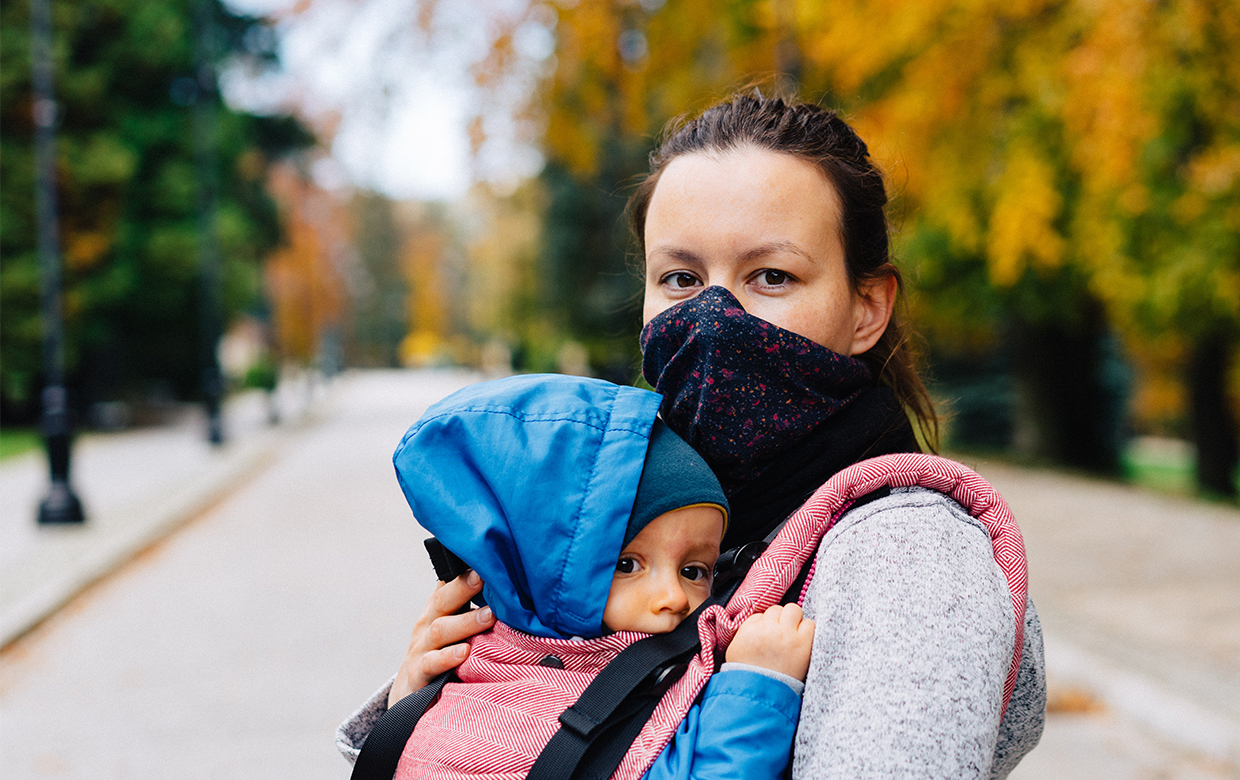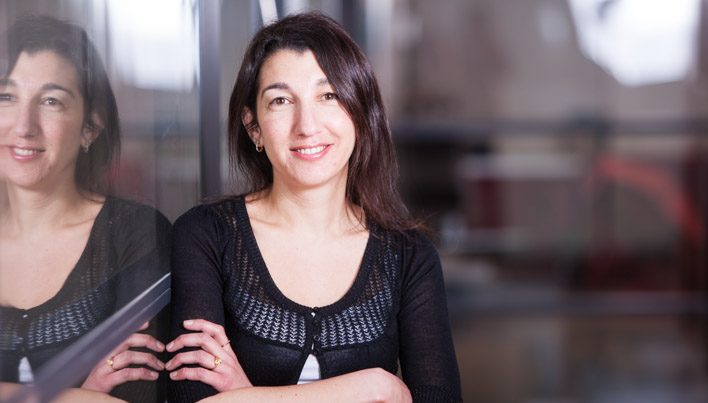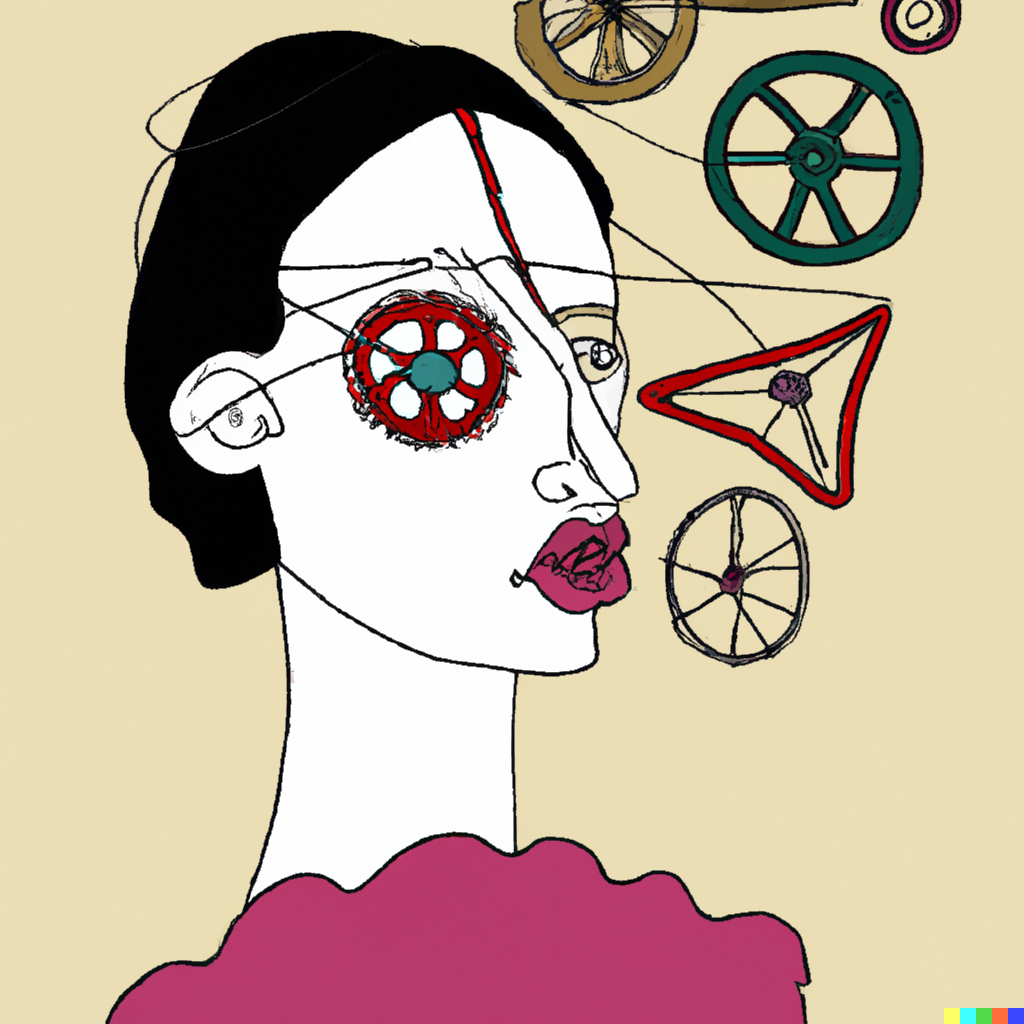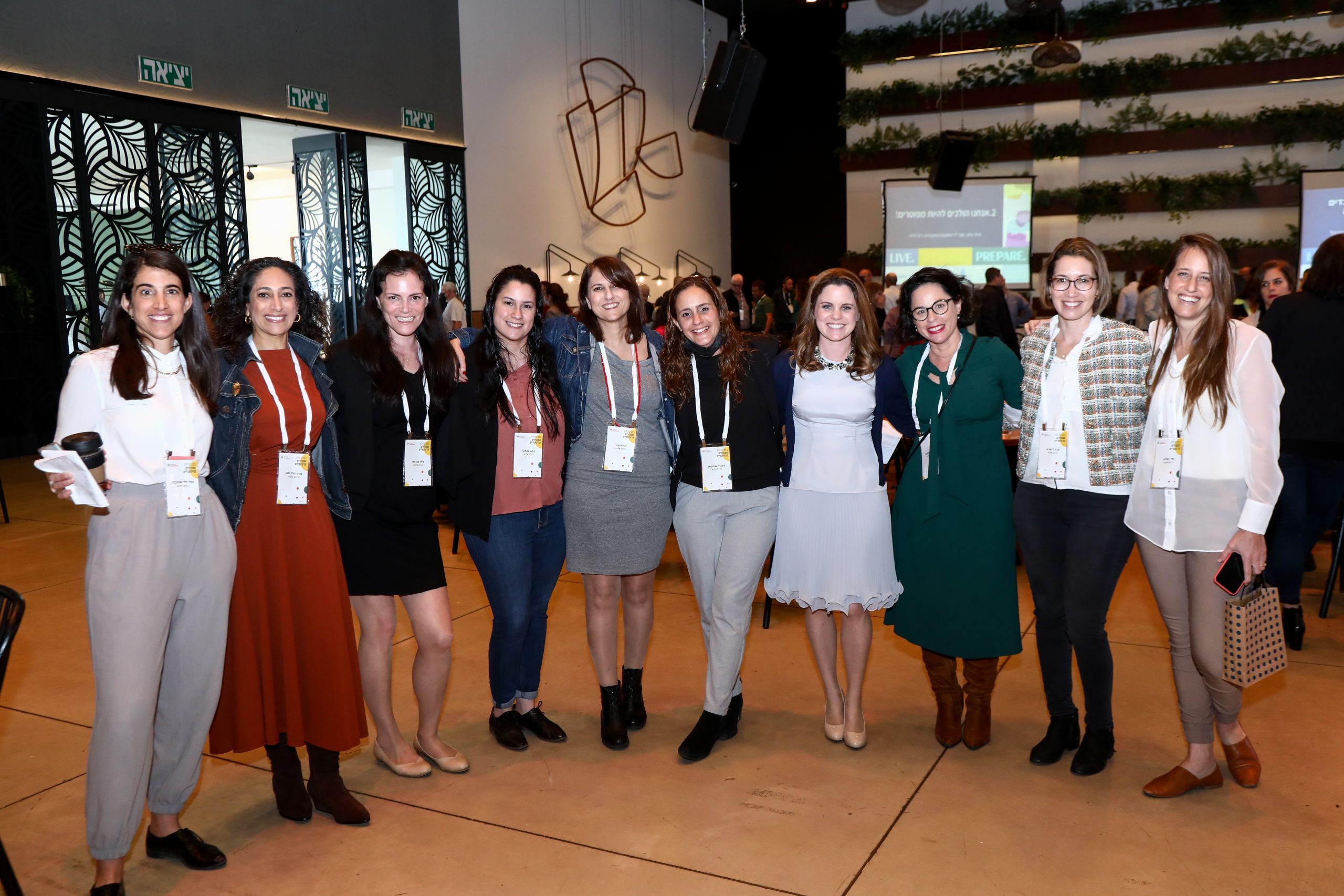The first Coronavirus lockdown reinforced one of the most important needs for early childhood development—family interaction. Yet parents were not adequately equipped to combine work with child education, nor were they prepared for the transition between emergency and routine situations. The pandemic is unlike anything the Israeli public has experienced before, highlighting the need for appropriate care for both young children (from birth to age 6) and their parents.
The educational environment “intruded” on the privacy of the home during the closure with the expectation that the home could even serve as a substitution for school. The use of technology for home schooling raises issues regarding its benefits—along with the risks posed by children’s prolonged exposure to it—as well as parents’ challenges in meeting their young children’s needs.
Joint-Ashalim, the Joint’s Division for the Advancement of Social Mobility, conducted a survey in June 2020 among 809 parents of children from birth to age 6 from the general, Arab and ultra-Orthodox populations to shed light on parents’ experiences during the first lockdown and the return to routine when it was lifted. The survey also examined the economic impact of the pandemic on parents’ grappling with home schooling.
Families with Young Children Face Financial Crunch
The vast majority of parents reported significant economic hardship: 73% lost at least 20% of their income; 10% of families lost more than 60% of their income; and 15% lost around half of their earnings.
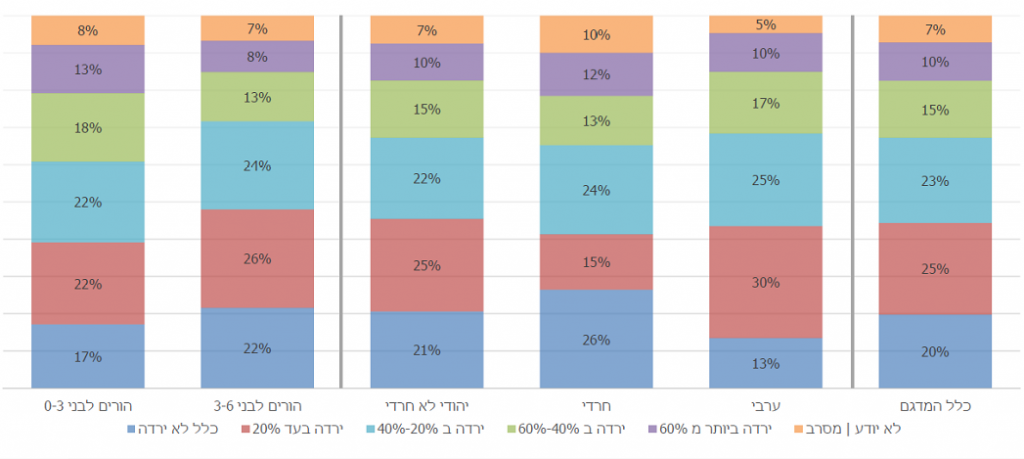
Educators Keep in Contact with Parents and Children
The OECD Teaching and Learning International Survey (TALIS) says effective dialogue with parents is a key component in the education of young children. In the absence of a normal school framework during the pandemic, the Education Ministry launched remote learning broadcasts to improve the channels of communication between the school system and parents.
These programs were watched by about 37% of children aged 6 and under. Among children aged 3-6, the percentage of views was higher in the Arab sector at 46% compared to the secular Jewish population at 27%. At the same time, 78% of parents with children aged 3-6 said they were engaged with educators compared to 43% of parents with children up to age 3. These contacts were found to have a positive impact on children’s learning and development.
“Although remote contact is not a substitute for activities in kindergarten, it is an emotional and social anchor for children and their parents,” says Orna Paz, director of the Early Childhood Department at the Ministry of Education. “A meaningful relationship with children is even more important in times of crisis.”
The ‘Quarantine Routine’ at Home
The closure of early childhood schools created a challenging new reality for parents in which they had to fulfill several roles at once: parenting, substitute teaching, and educating children with special needs. The main difficulty facing parents during the lockdown was keeping children occupied, according to 62% of those surveyed; parents also reported the following problems: maintaining a schedule (58%); accompanying children in remote learning (43%); and setting boundaries (38%).
About 30% of parents reported fatigue, anxiety, and a stressful atmosphere at home; 64% experienced challenges in parenting or children in distress.
Who to Turn to for Help?
31% of parents of toddlers turned to relatives; 10% to a family doctor; 7% to family health centers; 20% did nothing and waited for the crisis to pass. 12% of parents with children aged 3-6 turned to a kindergarten teacher. 5% of parents with children from birth to age 6 consulted with professionals via Zoom.
The Brighter Side of the Lockdown
The most positive aspect of the COVID-19 crisis, according to respondents, was spending quality time with family (81%). 80% of families changed at least one of their habits in favor of a healthy lifestyle; half maintained scheduled meals and 43% enforced regular bedtime hours. About a third reduced sweets and snacks and increased the consumption of healthy food.
Treatment in Trouble
Some 39% of children with medical and developmental problems or disabilities stopped receiving therapy during the first closure, while 29% received partial care and 29% full care; 5% were diagnosed but not treated.
Looking Ahead
Small children spend most of their time at home or in early childhood education and care settings. The TALIS study (July 2020) found that these frameworks serve two purposes: promoting children’s development and wellbeing and helping parents participate in the work force. The lack of a normal school schedule, the loss of income, and the shift to working from home call for solutions that combine learning, education, and development for kids with concern for the welfare and income of parents.
The survey shows that on the one hand, the pandemic strengthened family relationships, but on the other hand, parents were not given enough support to balance work from home with child education. The new situation requires a reassessment of the entire economy, including adapting the labor market to parents’ prolonged stay at home with their children. It is necessary to find solutions close to home with the help and encouragement of community activists and local and state government.
For details, please contact Noa Ben-David, Director of the Early Childhood Division at Joint-Ashalim: [email protected]

